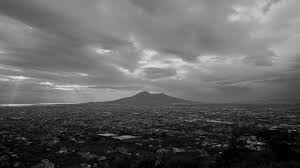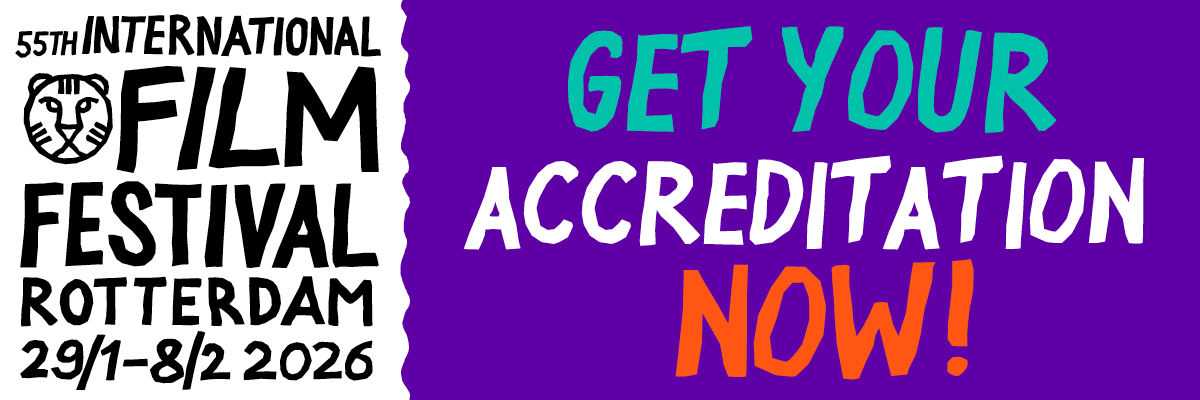The city of Naples has always been a symbol of something other than itself — something mysterious and otherworldly, cultured and degenerate, outrageously criminal and desperately human. In the handsomely crafted documentary Below the Clouds (Sotto le nuvole), multi-award-winning filmmaker Gianfranco Rosi turns his attention to nature and to archaeology in an attempt to describe this fascinating metropolis as a theater of time, where the past resurfaces underfoot, only to disappear again at the hands of thieves, grave robbers, earthquakes and volcanic eruptions.
Perhaps attracted by the rich confluence of unexpected nature and human comedy, Rosi (who also has cinematography and sound credits) weaves a dazzling world of black and white images softly tempered by abstract sounds. Abstraction is, indeed, where the film is leading – towards vast ideas of history and time, dusted with traces of contemporary politics like the war in Ukraine. But as the film goes on, there is a lot of repetition as the editing circles around a handful of characters and locations, making the two-hour running time seem unnecessary.
Mount Vesuvius, the active volcano that has been threatening Naples with destruction since antiquity, is given star billing here. Its ominous black silhouette reaches out over the city, dominating the imagination. The fissures and crevices dotting its slopes huff and puff hot, billowing smoke like a secret message. Excerpting the classic scene from Voyage to Italy (1954) in which tourists Ingrid Bergman and George Sanders struggle to decipher the signal nature is sending them, it is apparent that Roberto Rossellini’s vision has lost none of its power or suggestion.
Naples below ground is another world, a palimpsest of historical artefacts that takes the viewer back in time. Scientists and legal prosecutors have their say. Earthquakes constantly terrify the population, who phone the fire department for reassurance and advice, in scenes that recall the Italian Marines’ operational center in the director’s 2016 Fire at Sea. But unlike that film, which won the Golden Bear in Berlin, here there is no anxious young boy to center the narrative, and the documentary often feels like it’s drowning in abstractions.
The concept of time, for instance, is broached from various angles. A woman researcher in a white lab coat haunts the basement vaults of a museum where odd pieces of statuary are kept, like so many loose marble heads lying on the floor, waiting to be resurrected for an exhibit.
Other scenes contemplate the carbonized figures from Pompeii and Herculaneum of people who died when Vesuvius erupted in 79 CE, preserved in that moment of time that was their death. Meanwhile, modern firemen burrow into airless tunnels in search of modern grave robbers. Sadly, thieves without a social conscience have been despoiling ancient Roman culture for 2,000 years. A prosecutor gets a tour of an underground house that was once festooned with frescoes and statues; it’s now a mass of gray dust. Sad—but not very surprising, when one remembers Fellini’s Roma (1972) in which the mere contact of a sealed room with air causes ancient frescoes to vanish in front of our eyes.
If Below the Clouds isn’t the most original of Rosi’s films, it is one of the most visually stunning to look at. The choice to shoot in black and white is never banal or restrictive, but on the contrary seems to open up new vistas and approaches. At times it adds ambiguity that reinforces the connections between things: Is that giant mound poured into a ship’s hold grain from Ukraine, or sand and pebbles from the Phlegraean Fields of Naples? Deliberately keeping dialogue to a bare minimum, the film leaves many things up to the viewer to interpret.
Abstraction apart, some of the most memorable scenes have a human interest angle that piques the curiosity. Two Syrian sailors who ply the dangerous route from Europe to Odessa, where they are uncomfortably within range of bombs, make phone calls to their loved ones. And an unidentified bunch of after-school students hang out in an atmospheric library full of leather-bound books, supervised by a laid-back librarian. Reinforcing the themes of time and history, these brief glimpses into lives out of ordinary people anchor the vaguer scenes firmly in the present.
Director, cinematography, sound: Gianfranco Rosi
Screenplay: Gianfranco Rosi with Carmelo Marabello, Marie-Pierre Muller
Producers: Donatella Palermo, Gianfranco Rosi, Paolo Del Brocco
Editing: Fabrizio Federico
Sound design: Stefano Grosso
Production companies: 21Uno Film, Stemal Entertainment in association with Rai Cinema and Les Films d’Ici – Arte France Cinèma
World Sales: Match Factory
Venue: Venice Film Festival (Competition)
In Italian
114 minutes





